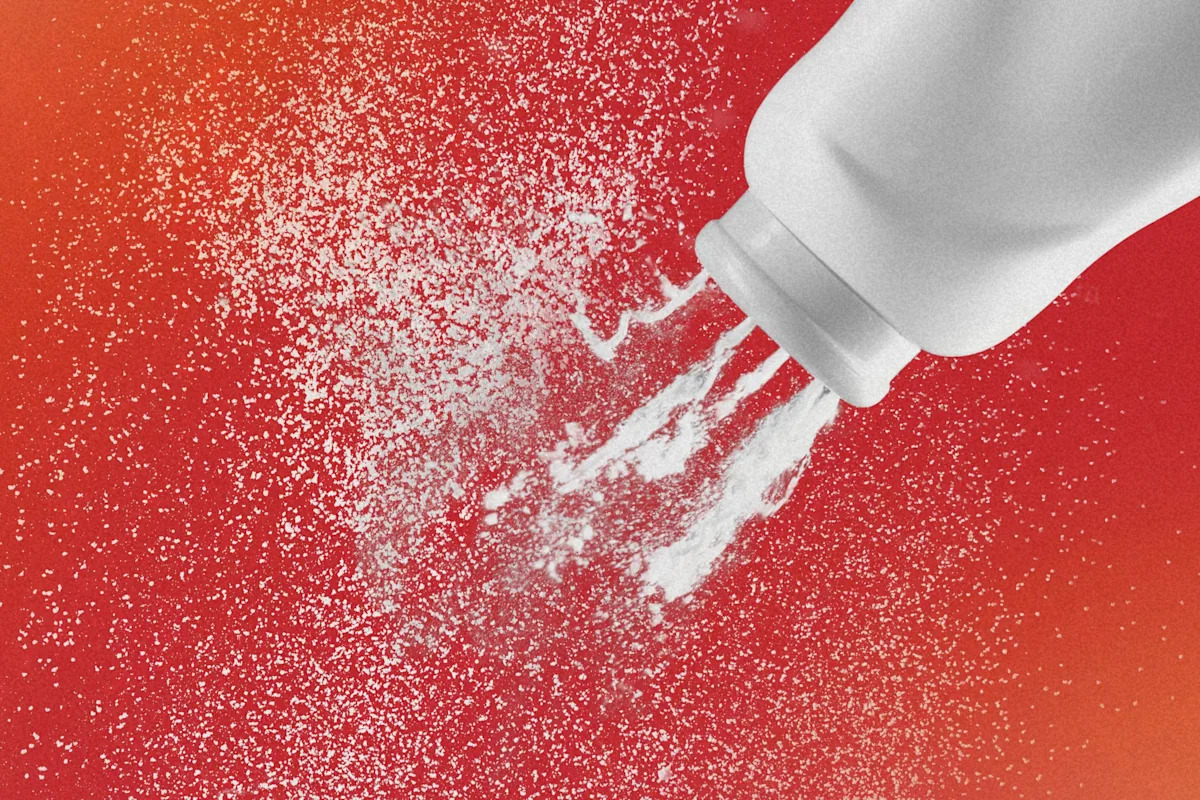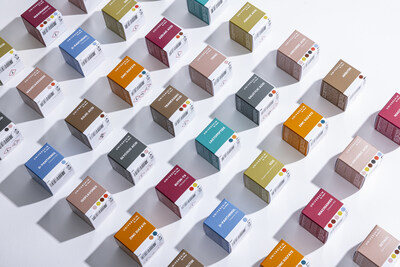Summary
A naturally occurring mineral, talc consists of several elements like magnesium and silicon. When ground into fine particles, talc becomes talcum powder, which works to absorb moisture and soothe the skin. People have used cosmetics and powders with talc for more than a century.
Source: Yahoo

AI News Q&A (Free Content)
Q1: What are the potential health risks associated with talcum powder, and why is it currently under scrutiny?
A1: Talcum powder has been under scrutiny due to concerns about contamination with asbestos, a known carcinogen. Talc in its natural form can contain asbestos fibers, which, when inhaled, may lead to serious health issues such as lung cancer, mesothelioma, and other respiratory problems. This has led to increased public awareness and legal actions against companies that produce talc-based products.
Q2: How has Johnson & Johnson been involved in the controversy surrounding talcum powder?
A2: Johnson & Johnson, a major producer of talcum powder, has faced numerous lawsuits alleging that their talc products caused cancer. The company has been accused of failing to warn consumers about the potential risks associated with asbestos contamination in their talc. As a result, they have had to pay billions in settlements and have decided to discontinue the sale of talc-based baby powder in certain markets.
Q3: What alternatives to talc are being explored in cosmetic and skincare formulations?
A3: Recent studies have explored the use of starches from various botanical sources, such as tapioca, rice, and maize, as alternatives to talc in cosmetic formulations. These alternatives have shown promising results in modifying the absorption and rheological properties of products like zinc oxide pastes, providing safer options without the associated health risks of talc.
Q4: What scientific evidence supports the link between talcum powder and health issues?
A4: Several scientific studies have established a link between talcum powder and health risks, particularly when contaminated with asbestos. Clinical evidence indicates that inhalation of asbestos fibers can lead to diseases like mesothelioma and lung cancer. This has been supported by research showing that even small traces of asbestos in talc can pose significant health threats over time.
Q5: What regulatory actions have been taken regarding the use of talc in consumer products?
A5: Regulatory bodies in several countries have taken measures to limit the use of talc in consumer products, particularly those that may be inhaled or used on sensitive skin areas. For instance, the FDA has conducted tests to ensure that talcum powders are free from asbestos. Some countries have also issued guidelines and restrictions on the permissible levels of talc in cosmetics to protect consumers.
Q6: How does the mineral composition of talc contribute to its use in cosmetics, and what are its properties?
A6: Talc is a clay mineral composed of hydrated magnesium silicate, known for its softness and ability to absorb moisture, making it ideal for use in cosmetics and baby powders. Its platy form and perfect basal cleavage allow it to create a smooth texture, which is why it is widely used as a thickening agent and lubricant in various products.
Q7: What are the legal implications for companies using talc in their products, given the current scientific findings?
A7: Companies using talc in their products face significant legal implications due to the association with asbestos contamination. Lawsuits have resulted in substantial financial settlements, and there is increased pressure for companies to adopt safer alternatives. This has led to a shift in industry practices, with many companies now opting for asbestos-free talc or alternative ingredients to mitigate legal risks and protect consumer health.
References:
- Talc - Wikipedia
- Asbestos - Wikipedia
- Johnson & Johnson - Wikipedia
- Influence of Talc Substitution with Starches from Different Botanical Origins on Rheological and Absorption Properties of Stiff Zinc Oxide Paste Formulations.




